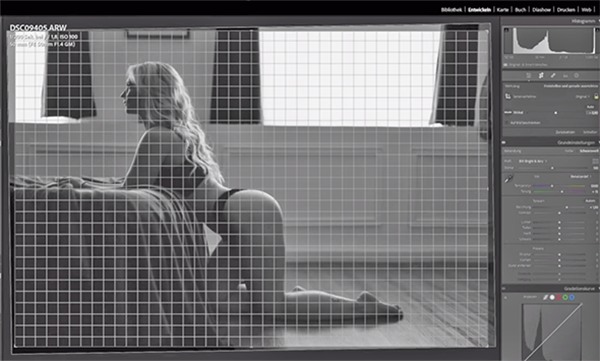Natural Light Boudoir Photos with an Easy Pose for Inexperienced Models (VIDEO)
There are two main reasons that some photographers hesitate to give indoor boudoir photography a try, one being the misconception that complicated (and expensive) lighting equipment is required.
There’s also the fact that those new to this genre rarely have access to experienced models, and this means it’s up to the photographer to give the subject some help—especially when it comes to striking an attractive pose—especially if the model is a spouse, significant other, or a willing friend who is new to the game.
Today’s two-minute primer from Patrick’s Boudoir Photography Secrets allays these two concerns by demonstrating how to capture sensuous photos by window light with a comfortable keeling pose for new models of all body types. Today’s video is episode #10 in Patrick’s ongoing series that he created to help newbies experiment with this unique form of portraiture using simple gear and straightforward techniques.

Patrick describes todays lesson like this: “We’ll show you how to perfectly highlight your model’s legs and bum with an incredibly sensual pose next to the bed that suits almost any body type and delivers gorgeous results.” You’ll also pick up some helpful advice for gently directing a subject and making her feel comfortable while participating in the process as an equal partner.
And forget about flash or other forms of supplemental illumination, because the only light you’ll need is what’s streaming through a large window into the room where you shoot. Patrick also discusses the best camera settings to use for this style of boudoir photography, and how to save processing time with the presets in his app to quickly and effectively edit the photographs you capture.
Composition is also an important component of the process, and Patrick illustrates how slight adjustments in body posture can accentuate a subject’s favorite physical attributes in a way that conveys an enticing look that makes her feel proud.
By spending a couple minutes watching this lesson we think you’ll reconsider your hesitation and become far more comfortable when it comes to trying your hand at boudoir photography.

Be sure to visits Patrick’s instructional YouTube channel, where you’ll find an abundance of other lessons on this fun genre. And if you missed the previous tutorial we featured with Patrick, you can find it here.









